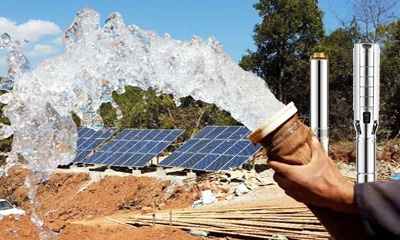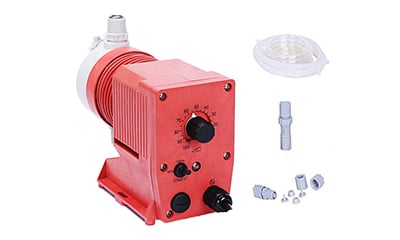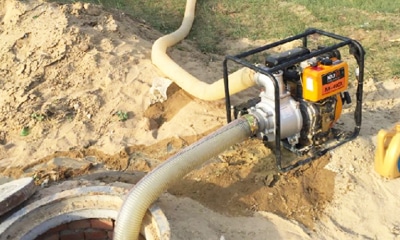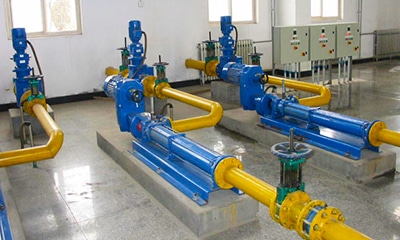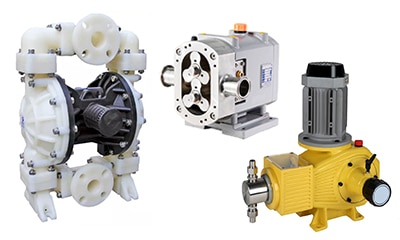Solar is more than just an environmentally friendly power source – it’s convenient, low-maintenance, and can get you off the grid even in the most remote areas.
Land users in remote areas often have two options: run an electric well pump using a distant grid, or use a fuel-powered pump to pump water from a pond or river.
When new power lines must be run, connecting to the grid can be costly, which then incurs recurring usage costs.
Likewise, gasoline or diesel powered pump units can be expensive, require constant refueling, and can be prohibitive to maintain.
With solar power, pumps become much easier to install, maintain and use, whether you are giving your garden a fountain or you want to power your irrigation system without increasing your electric bill.
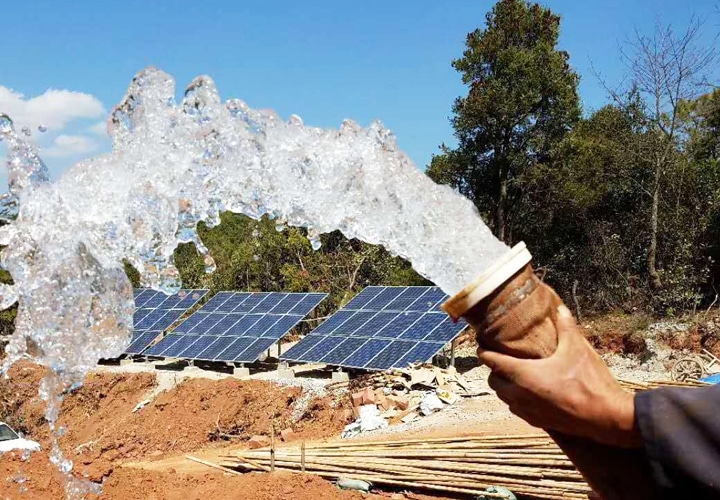
Solar Water Pump Alternatives
Solar water pumps can provide an economical and energy efficient solution for remote watering needs. With just a few simple components, solar pumps can be used in a variety of environments.
Here, we list the benefits of solar pumps, detail how these systems operate, and explore ideal situations for their application.
We compare the costs of connecting solar pumps to the grid and look at some real-world application case studies.
Benefits of Solar Pumps
- Reliable: PV power supply rarely uses moving parts and works reliably.
- Safe, no noise, no other public hazards. No solid, liquid or gaseous harmful substances are produced, which is absolutely environmentally friendly.
- Easy to install and maintain, low operating costs, and suitable for unattended operation. Especially, it is highly regarded for its high reliability.
- Good compatibility, PV power generation can be used with other energy sources, and PV systems can be easily increased in capacity as needed.
- Highly standardized, the modules can be connected in series and parallel to meet the needs of different power users, making them highly versatile.
- Solar energy is available everywhere, with a wide range of applications.
- Off-road municipal water supply. Municipal water is often treated with chlorine and fluoride, which is especially harmful to plants.
- You can plant almost anywhere. Get water for your watering needs in a sunny spot every day.
- Much cheaper than the grid. Depending on the application, solar water pumps are more affordable than relying on the grid.
- Works during power outages. Solar pumps are resilient to power outages. Plus, when the sun isn’t shining, that’s when the garden needs water the least. Or, as needed, invest in batteries to store power at night or on cloudy days.
- Use with a water tank. Solar pumps are compatible with cisterns and other gravity-fed water systems that use collected rainwater.
- Suitable for slow recovery wells. The slower pumping of solar systems reduces the decline of water in wells that are slow to recharge (i.e., the water table slowly refills relative to the pumping demand).
- Portable systems without batteries. Pumps can be used with or without batteries. This option makes some solar designs easy to transport. Of course, no batteries means lower cost.
Basic Elements of Solar Pumps
A solar pumping system has two main components: a solar panel array for harvesting energy from the sun, and a mechanical pump for moving water.
In order to take full advantage of the potential of solar energy, it is important to understand the function of a solar pumping system. Let’s start with the sun.
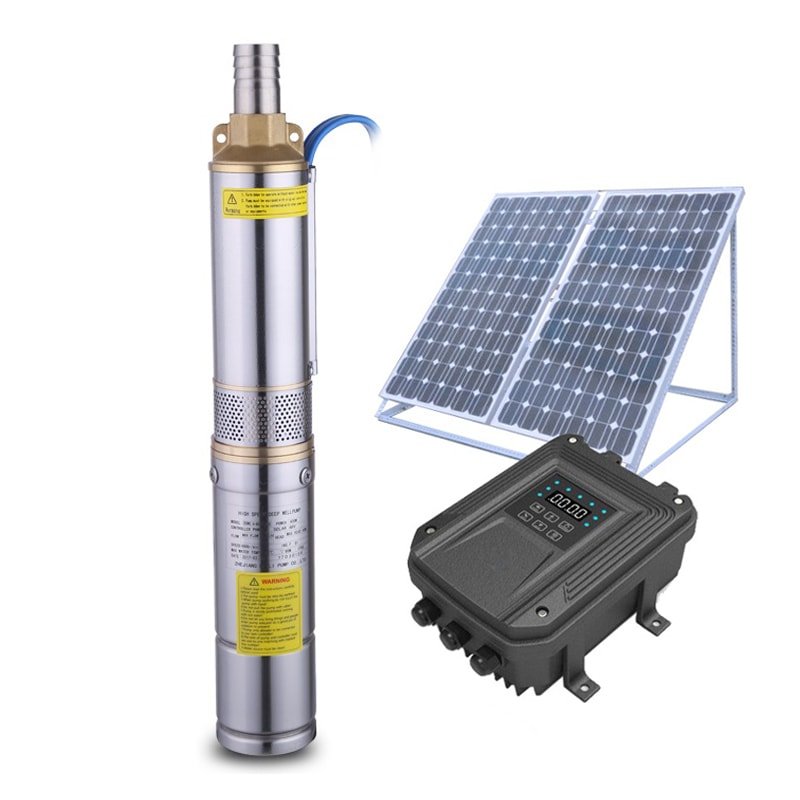
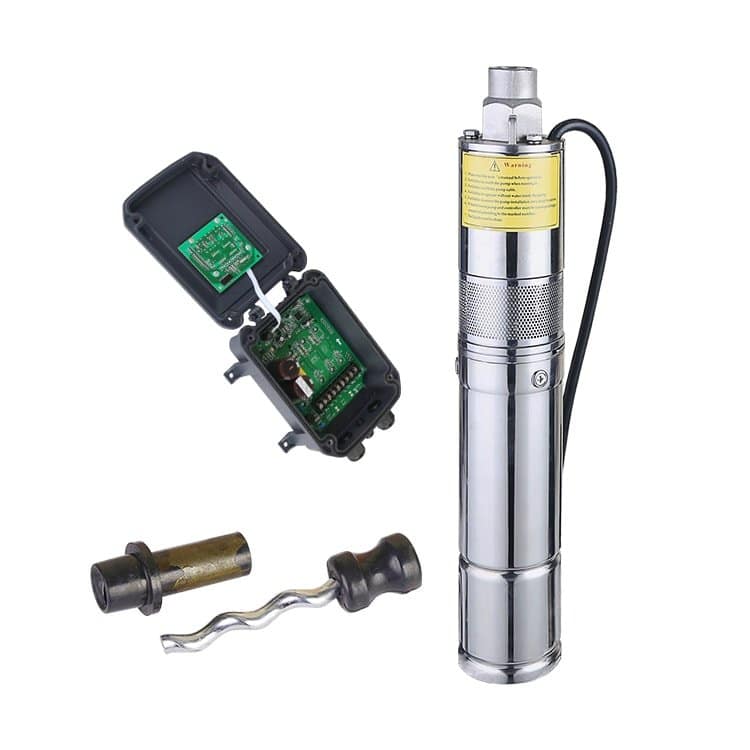
Solar Energy Basics
Every solar installation starts with photovoltaic cells. These cells generate electricity from solar radiation. Many photovoltaic cells are connected to create solar panels. These panels can be connected to form a solar cell array.
Solar panels produce direct current (D/C) electricity instead of the alternating current (A/C) used in homes. The amount of power produced by the system depends on the material of the cells, the size of the panels, and the number of panels in the array.
The power of a solar panel is measured in watts. A watt is a unit of power used to describe the energy output or demand of an electrical device. You may be familiar with this concept for everyday household gadgets such as 60-watt incandescent light bulbs.
For solar systems, wattage refers to the power source. Individual panels come in a variety of wattages, ranging from 50 watts to panels as high as 400 watts.
The output of each panel is not as important as the total output of all the panels used in the array. For example, a 300-watt array can be made with three 100-watt panels, two 150-watt panels, or one 300-watt panel.
In short, solar panels are the power source for pumping water.
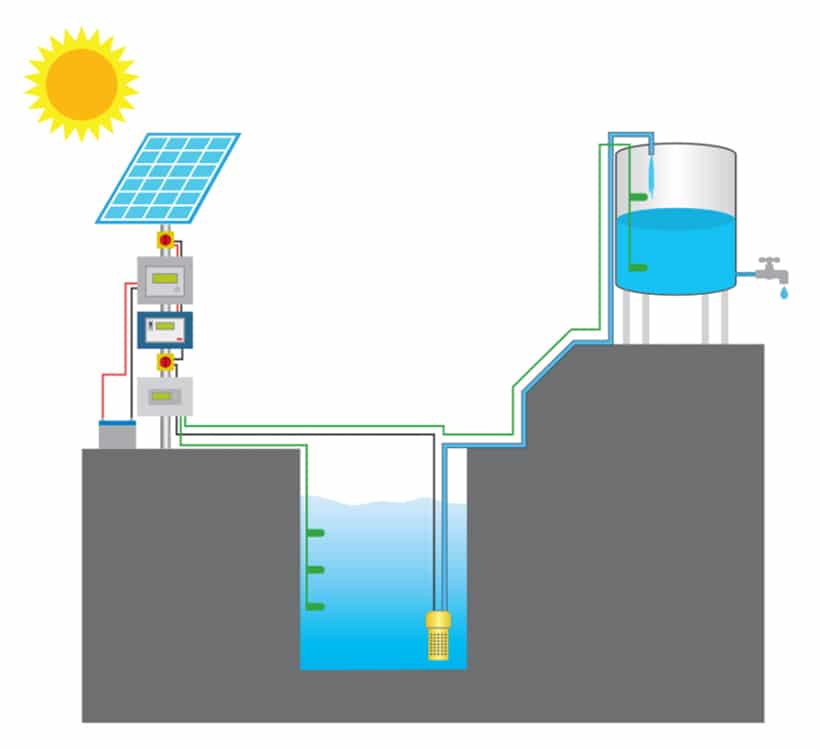
Water Pumps
A pump is any device that uses energy to move a fluid.
In our case, a pump is a tool that mechanically pumps water from a water source and delivers it to a desired location. There are many types of pumps used for this purpose, but some are better suited for solar energy.
In particular, pumps that require less power to operate at maximum efficiency are ideal. For deep wells, positive displacement pumps are recommended. These pumps move a fixed amount of water in each rotation cycle, and they pump an amount proportional to the amount of power supplied.
Compare these to centrifugal pumps that typically use AC power. If you have a deep well supplying water to your house and you are on the utility grid, then you are probably using a centrifugal pump.
Centrifugal pumps draw a lot of power to pump as fast as possible. However, at lower power levels, they do not perform well. For example, at half power, a centrifugal pump can only pump at a quarter of its maximum pressure.
In contrast, submersible D/C pumps use only 20 to 50 percent of the energy required by an A/C centrifugal pump to deliver the same amount of water. That’s why solar energy works so well with D/C pumps.
Energy requirements for solar pumps
There are several factors that determine the energy requirements of solar water pumps.
The head or the vertical distance that water must be pulled or pushed from the water source largely determines the power demand. For example, the head of water pumped from a surface pond is usually much smaller than that of a deep well.
Other considerations are the horizontal distance water must travel from the pump to the application and the size of the supply line.
Another obvious factor is the water demand itself, usually measured in gallons per day.
The important point to note here is that higher energy demand translates into more solar panels. More panels means more cost and more infrastructure.
Advantages of Solar Pumps
While pumps rated for solar may take longer to meet water demand each day, they pump as much water as a standard air conditioning pump in a full day of solar exposure, but at a fraction of the cost.
The reason for the solar advantage is that, by comparison, air conditioning pumps consume a lot of electricity to pump quickly and then shut down. But solar pumps work at the same rate as solar energy is converted.
In other words, it will pump water as long as there is sunlight, and the good news is that the cost of the solar pump will balance out at the end of the day.
Such a setup does not require batteries, and when the sun is shining, the solar pump system can fill an auxiliary tank to pump water on days when the sun is hidden behind clouds.
How deep can a solar pump work?
Solar pumping systems can be expanded to meet most water needs, but can be limited by the depth of the water source.
The energy and cost advantages of pumps for solar applications are due to the lower power requirements. While lower power translates into lower overall output, most pumps can provide 75 to 350 feet of vertical lift.
Some solar pumps are rated for greater depths, but the increased cost of these products quickly offsets the benefits of solar pumps.
The cost of using the grid
For sites not connected to the grid, the cost of extending power lines can be high. Additional costs may be incurred if dense vegetation, unfavorable soil conditions, or elevation changes result in reduced accessibility.
Unless participation in a rural electric cooperative is an option, landowners will eat these costs directly. As a result, it is very expensive to run utilities more than a quarter mile from the point of connection.
While the cost of electricity varies by utility provider and region, there are still regular usage fees that need to be paid after installation.
Adding up, the cost of connecting to the utility grid makes solar pumps a more attractive option.
Cost of solar pump technology: How much water is needed per Buck?
Prices for solar pumps for agricultural irrigation range from $550 to $4,500 for solar arrays and pump kits with all connections.
Kit prices include $800 to $2,200 for the pump, with the balance of the solar panels not exceeding $2 per watt.
The total cost depends heavily on the water demand in terms of water flow, the amount of water per day, and the location where the water is delivered.
Costs also depend on the water source. Surface water systems, such as those drawn from a pond or river, tend to be cheaper because the energy demand is lower than a pump buried deep in a well.
However, seasonal discounts are usually very large, up to 20% off retail prices.
Solar deep well pump kits
Solar water pump is composed of many parts, each part has an important purpose. Components including pipe size, voltage, flow rate, fountains, style, entrance/out.
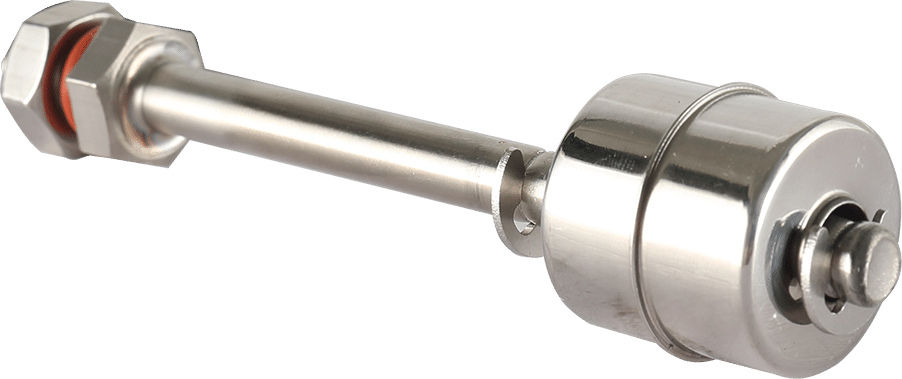
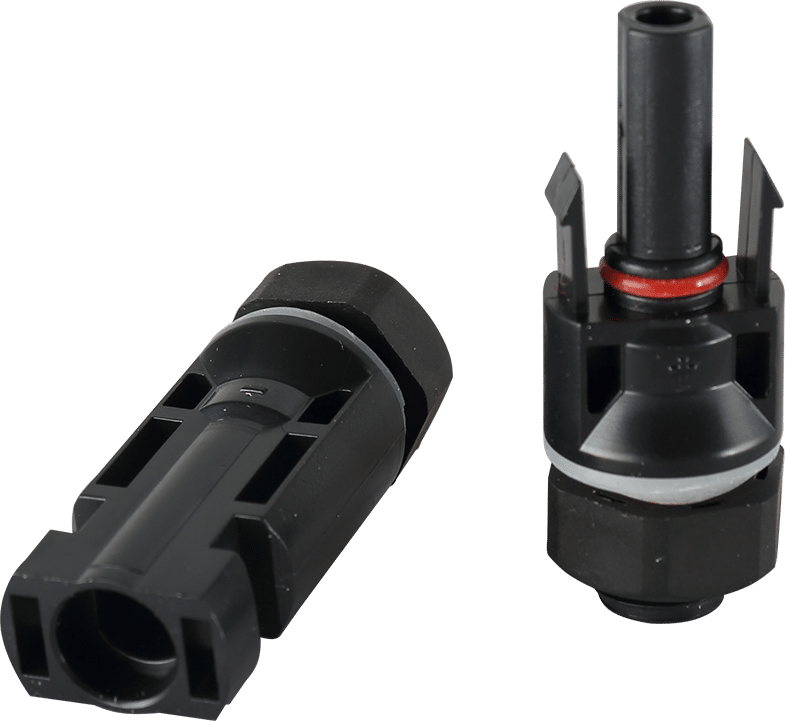
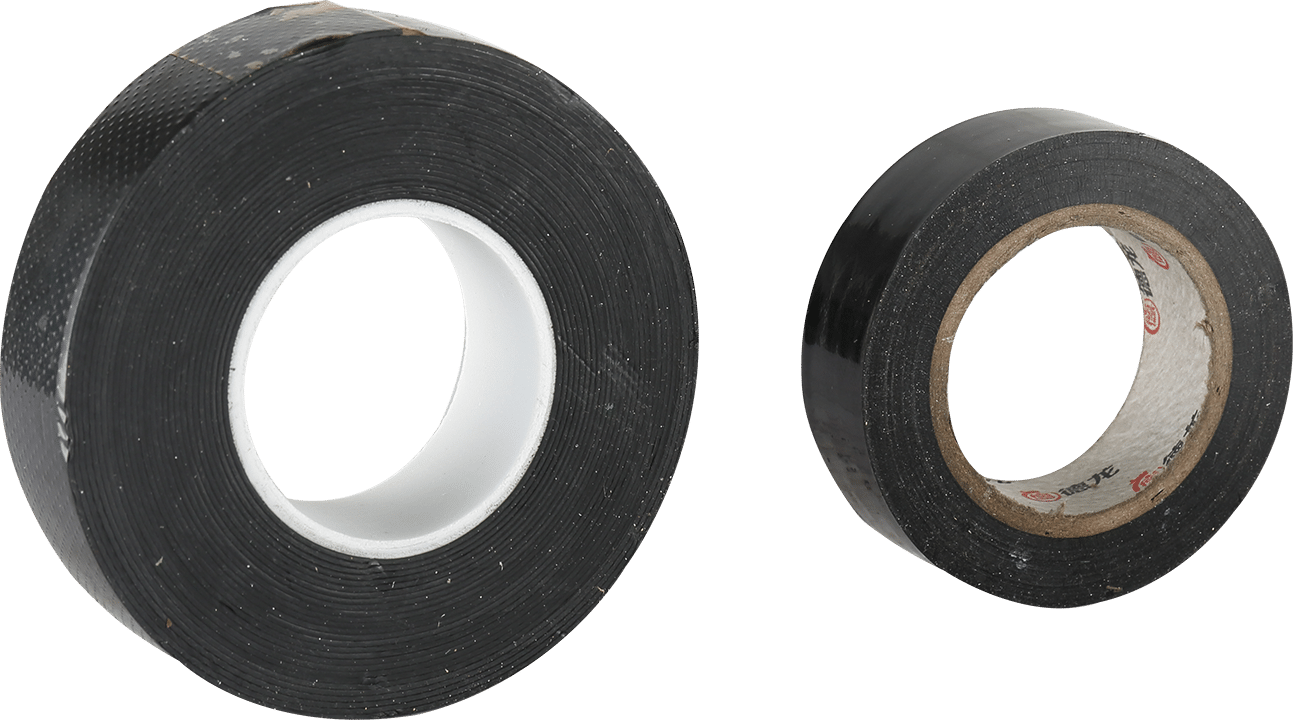
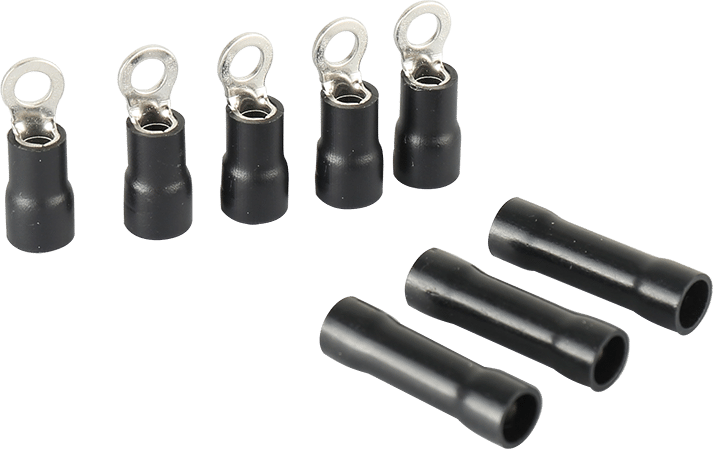
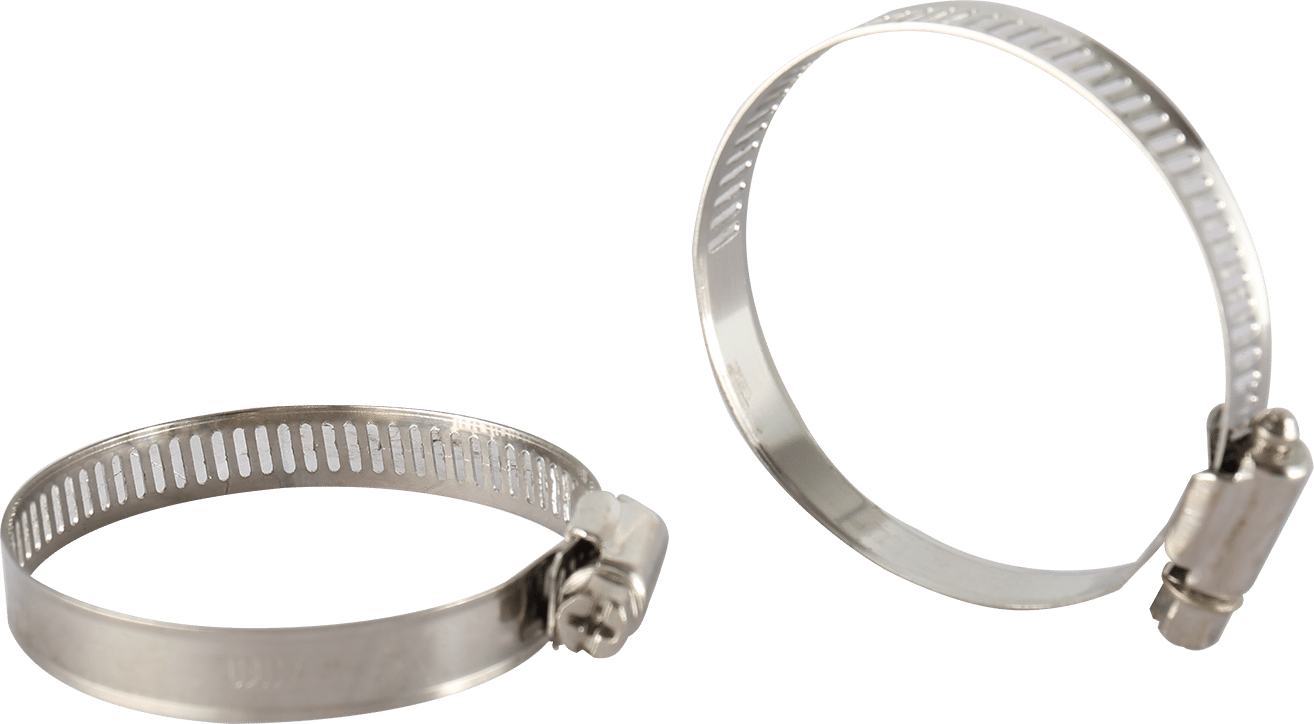
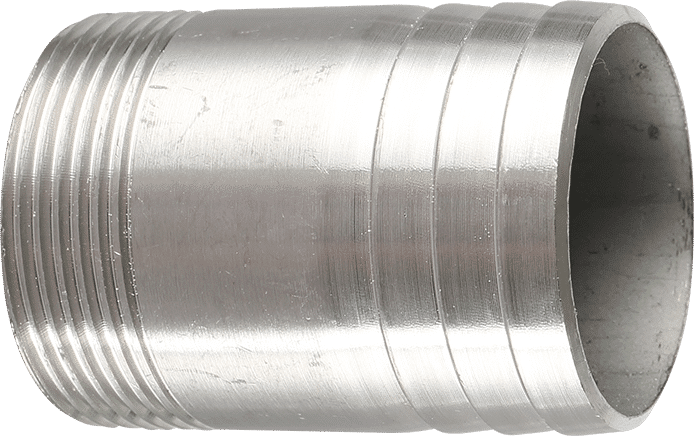
Are solar pumps competitive in the long run?
In many cases, it may be much cheaper to install a solar water pump than to extend a power line.
For any situation where an electric utility’s infrastructure must be extended more than a quarter mile, solar water pumping offers a clear cost advantage.
One drawback of many solar pump setups is that they may require maintenance and periodic replacement of components. For example, smaller well pumps may need to be serviced every two to four years, while larger well and ground pumps will need to be serviced about every 15 years.
In addition, most solar panels today have a life expectancy of between 20 and 30 years.
Ensuring that equipment is adequately installed and maintained for its intended use will offset some of these problems. However, the replacement of solar cells and pump components is inevitable.
The practical use of solar pumps
Introducing solar irrigation in poor and remote areas
In an era when the entire world is converting to solar energy, the use of solar energy in pumping systems can greatly help and accelerate agricultural development in African countries and many other poor and remote areas. This concept is known as solar irrigation and is being used in many areas today.
Filling and transporting water bottles to irrigate crops on farms
The truth is that solar energy is probably the easiest way for farmers to produce energy, especially for those who live near the grid with poor household infrastructure. As a result, the use of solar pumps in agriculture is becoming increasingly common. The concept of solar irrigation represents a virtuous cycle – when the sun shines, it irrigates the irrigation system and feeds the crops that depend on water in sunny weather. Thus, a lot of energy is released just when it is needed most.
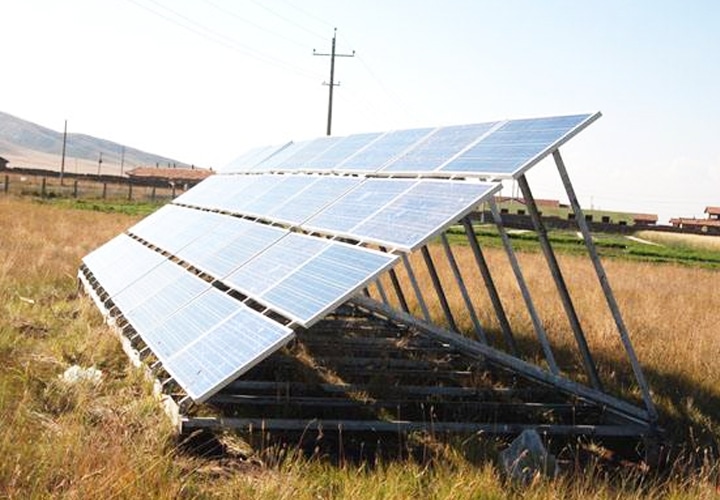
Solar pump VS Electric pump
Solar pumps are easier to set up, especially if a unit has all the necessary parts and has an online resource that can help with assembly. It also requires less maintenance, as they run in the sun and use DC current, which requires fewer parts while being more efficient than their electric counterparts. Best of all, solar power allows you to pay no electricity bills!
The disadvantage of solar pumps, however, is the high initial cost, as solar components are still more expensive than electrical and mechanical alternatives.
| Solar Pump | Electric Pump | |
| Powerful | ||
| Low initial investment | √ | |
| Low maintenance cost | √ | |
| Low maintenance efforts | √ | |
| Environmentally friendly | √ | |
| Predictable source | √ | |
| Portable unit | √ | |
| Varied product innovations | √ | |
| Many design options | ||
| High control opportunities | √ | |
| Easy assembly and installment | √ |
Digging a well: the hidden costs of solar water pumping?
Solar pumps are divided into two main categories: above ground and submersible.
Above ground pumps are simple to apply. In any body of water, these pumps can provide an average flow rate of 4 to 10 gallons per minute and do not consume much power.
In addition to pumping water from natural bodies of water, this is a good option for cisterns and other water catchments.
For deep wells, a submersible pump is required.
Submersible pumps designed for solar power are more energy efficient to build, so the power supply from the panels can sustain the pumping load.
The question is, how deep into the ground do you need to go and how much water do you need? The deeper it goes, the more it costs, a fact that applies to all wells, not just solar pumping wells.
However, as mentioned earlier, there is a limit to the vertical height at which a solar pump can move water. Most pumps have a maximum head between 75 and 350 feet, and while some pumps can go deeper, the higher design requirements will increase the price of the pump and reduce cost savings.
In most applications, it is not necessary to sink the well deeper than the upper edge of the water table. For plants and livestock, the safety of domestic water is not a necessity, so shallow wells are usually sufficient. The lower flow rates of these pumps supplement shallow and slowly recovering wells.
Advantages and trade-offs of solar water pumping
Solar water pumping is an energy efficient solution for many off-grid irrigation applications.
The technology is suitable for a wide range of water needs, but optimized for low-flow systems.
Solar pumps are also well suited for areas where other power sources are not available or where access costs are too high. The most relevant applications include crop irrigation, recharge of livestock ponds, and reservoir regulation of ponds and lakes.
Solar pumps can be used to power gravity-fed systems and distribute stored water. Pumps can be used for surface water or groundwater sources.
The biggest trade-off is power and unit life.
Solar pumps sacrifice boosting power for pumping efficiency, and even at peak solar intensities, there are limits to the rate at which solar energy can be converted to electricity.
For very deep water or high flow requirements, solar pumps are no longer economically competitive. Even if functioning properly, using a system near its upper limit increases wear and tear on the pump assembly, which only accelerates the need to repair or replace the system.
Regardless of the power load, solar panels and pumps require regular attention and require periodic upgrades.
While the lifetime of such systems may be limited, there are still plenty of practical and cost-effective applications to justify the investment.
For more technical consulting services and product requests for solar pumps and water pumps please contact us

